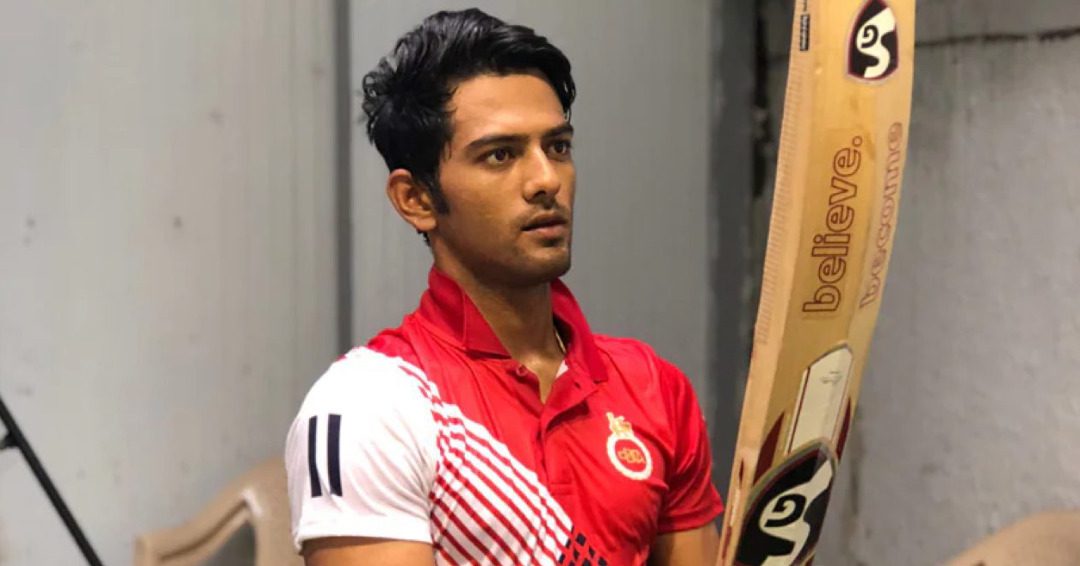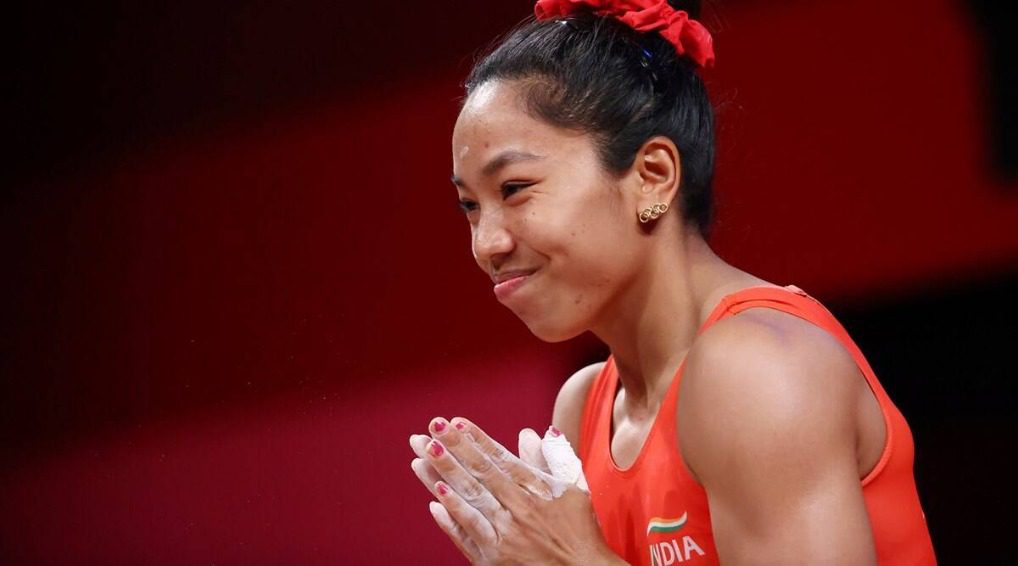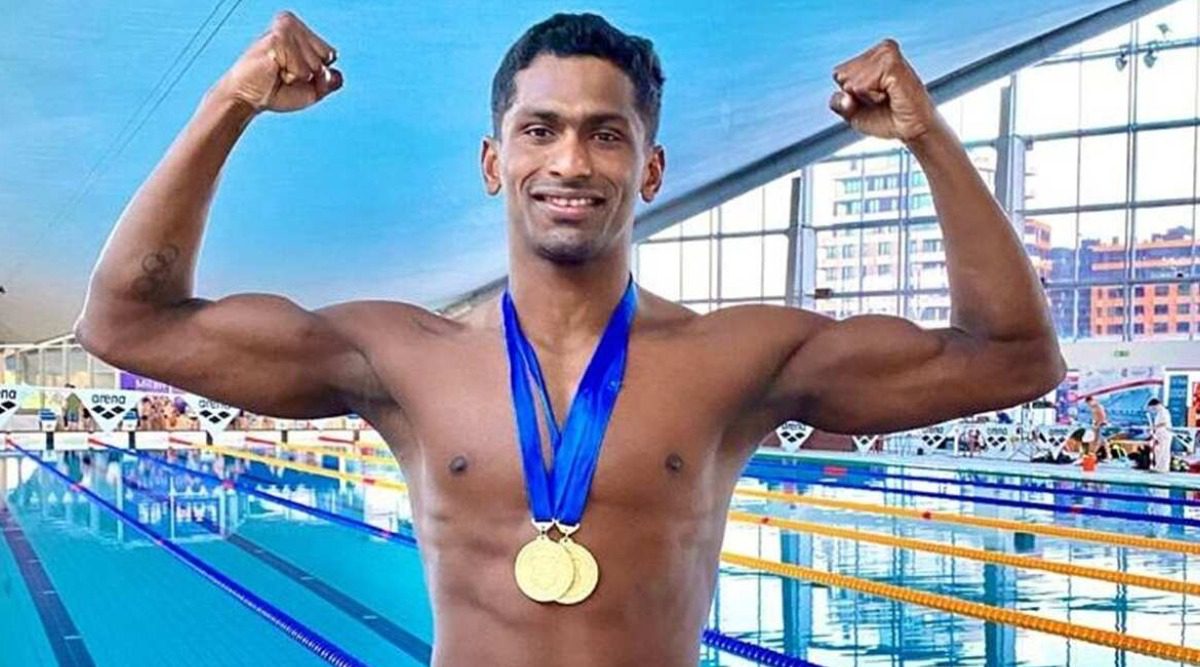(April 12, 2023) Saweety Boora is riding high with her recent win. She defeated China’s Lina Wang to clinch a gold medal in the recently held Women’s World Boxing Championship. With this victory, she became the seventh Indian boxer (male or female) to become a world champion, and the first Indian to win the world boxing title in the women’s 81 kg category.
For Saweety, who is being celebrated for bringing glory to India, the triumph has come after a lot of tears and tribulations. In fact, there was a time when the dispirited Saweety turned to Kabaddi, spending twelve hours a day on it, all to forget her ‘first love’, boxing.
Winning gold at the World Boxing Championship has resurrected the boxer’s belief in her abilities, motivating her to make her country proud in the 2024 Olympics.
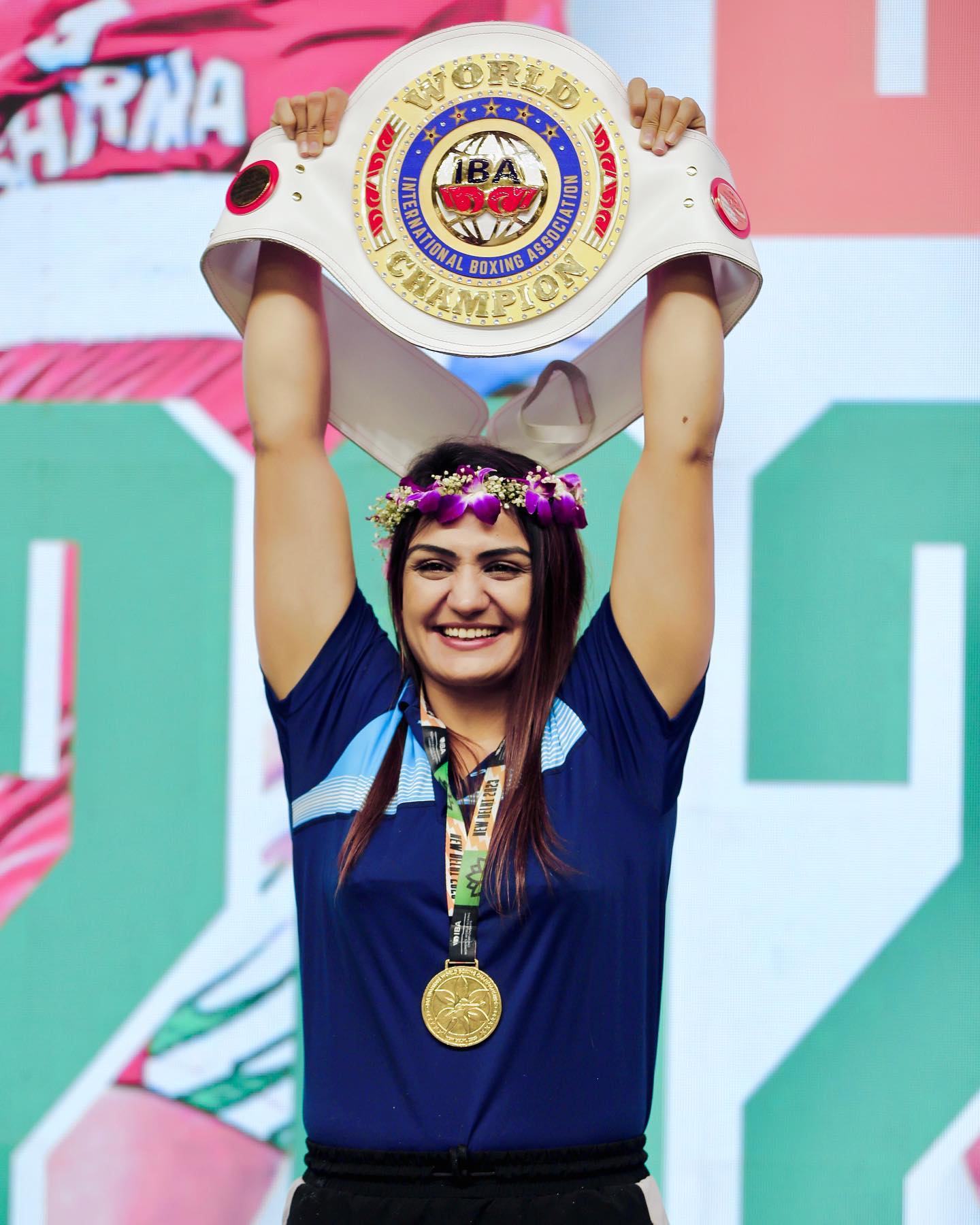
Saweety Boora
The tale of heartbreaks in boxing
Saweety rose to instant fame when she won a silver in her debut Women’s World Championship at South Korea in 2014. One year later, she clinched another silver at the Asian Women’s Amateur Boxing Championships in China.
However, after such great feats so early in her career, the boxer went through several lows. One major blow was her failure to qualify for the Tokyo Olympics in 2020, despite her hard work and efforts. “It was the darkest phase of my life,” the boxer said. “What is the use if there is no Olympics? I had played at various international and Asian tournaments and won medals. The only medal that was missing in my career was of the Olympics,” she said.
The boxer was so shattered by having been left behind, that watching the Indian contingent head to Tokyo sent her into an acute depression. It was so severe she nearly quit boxing.
Finding solace in Kabbadi
Talking about the lowest phase of her life, Saweety said in an interview, “I was depressed. I wanted to stay away from everything – social media and TV during the time Olympics were going on because I was not there. It was the worst feeling for me,”
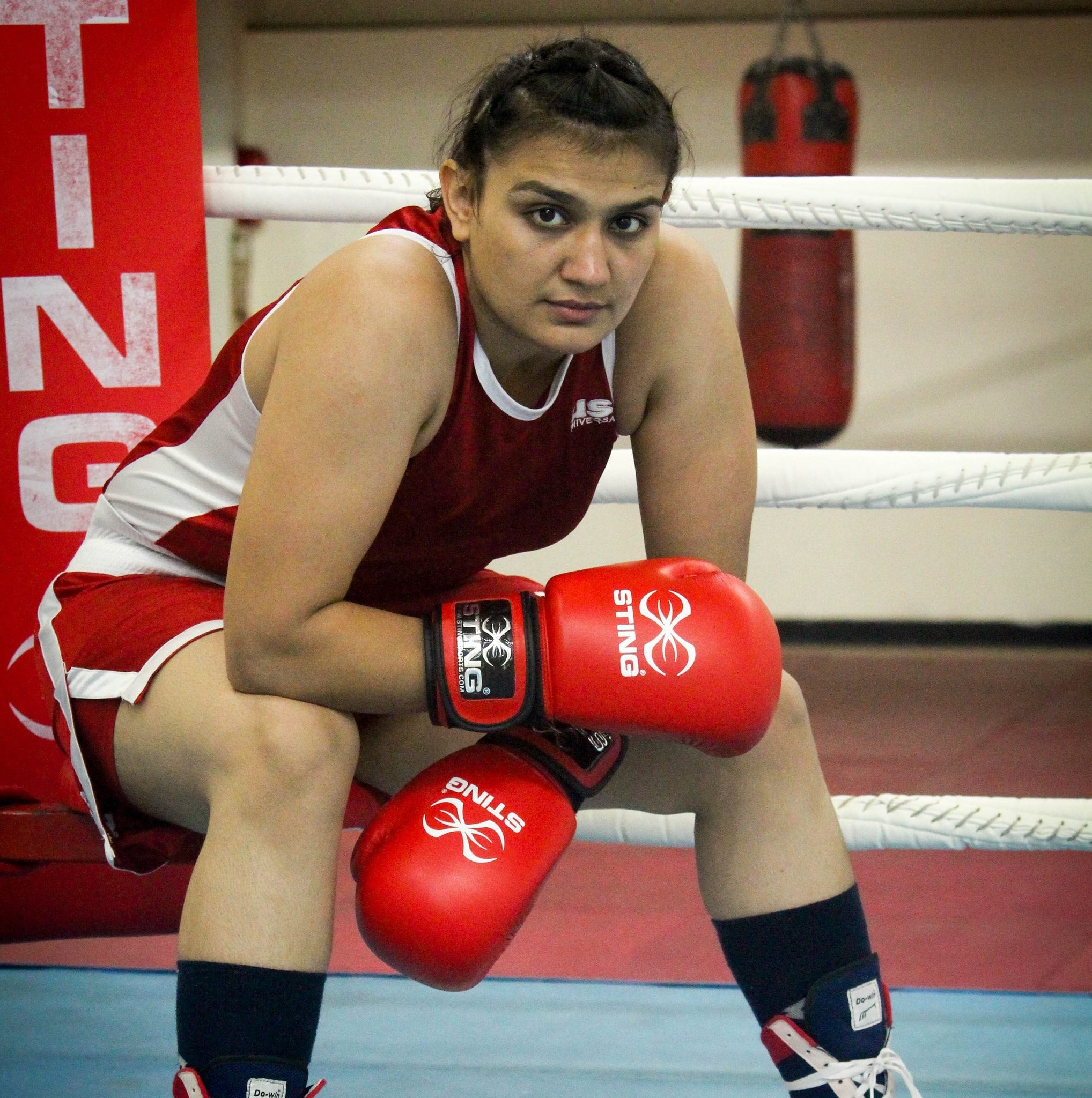
To vent out the frustration the boxer turned to Kabbadi, a game she had played in her early years. “Boxing is my first love, my life and my passion. The thought of leaving that was very difficult for me but I needed something to hold on to,” she said.
When Indian athletes were earning accolades in the Tokyo Olympics, Saweety used to leave for practice at five in the morning, train for six hours, take a break and come back to practice again until midnight. “I just wanted to shut myself away from the world to keep boxing out of my mind,” she said.
Support in family and friends
It was her brother, and her Kabbadi player husband Deepak Hooda, who stood by Saweety during this time. Deepak’s Pro Kabaddi League team was also very supportive. “I earlier played Kabbadi for physical fitness and then I started training for the game,” she said adding “I used to be so good at it that many thought I could make it as a professional player.”
Motivated by the encouraging words of the Pro Kabaddi League team, Saweety gave trials and was selected for nationals because nobody could match her speed in the women’s game.
Back to her first love
No matter how much solace Kabbadi provided, nothing could keep Saweety away from boxing. When the trials for the Asian Boxing Championships in 2021 began, she decided to give the sport another chance.
The boxer clinched a bronze medal in the championship which was held in Dubai. Things started looking up from there and subsequently Saweety was selected for the Women’s World Championship proving her mettle by winning gold. Her joy ever since has been boundless.

Family of players
Sport runs in the family – Saweety’s farmer father, Mahender Singh, had once been a national-level basketball player. Her husband, Deepak, served as the captain of the Indian National Kabaddi team from 2019-2022 and her younger sister Siwi Boora, is also a boxer. Siwi won a gold in the Khelo India Youth Games followed by Khelo University Games. Saweety’s brother Mandeep is a boxer too.
Wiser with the grind
All her struggles, along with the tough upbringing she had in rural Hissar, under the watchful eye of a sportsman dad, have made her wiser. Today, Saweety is strong on the inside too, able to rise above great odds. The boxer is super excited after winning gold in the 2023 World Boxing Championship but knows the job is far from over. “Just to be on top in one championship is nothing. There’s a lot to do. I have been working diligently to ensure that I can give my best at the elite level,” said the thirty-year-old athlete who is looking forward to bringing laurels to the country in Olympics 2024 to be held in Russia.


